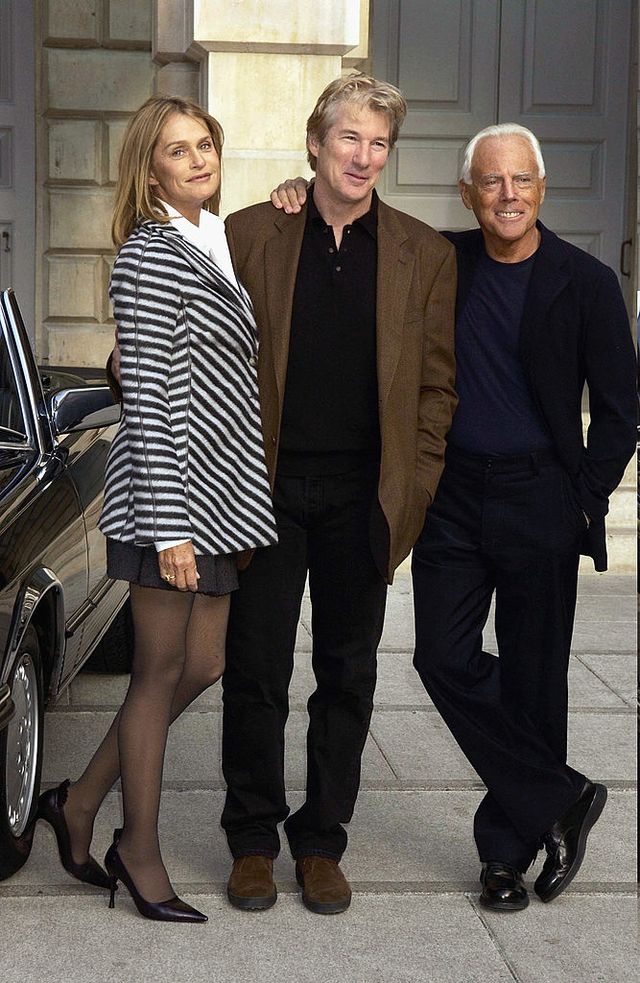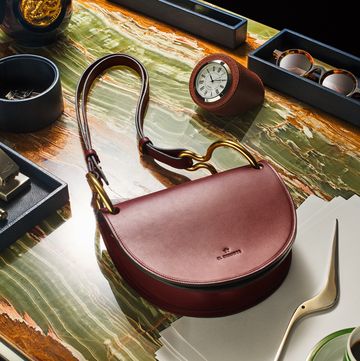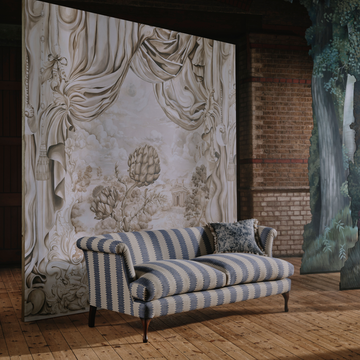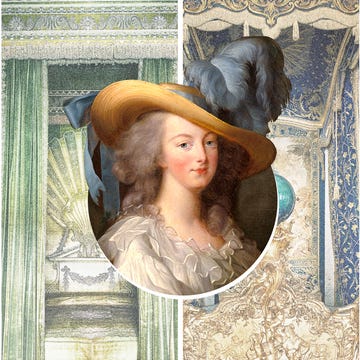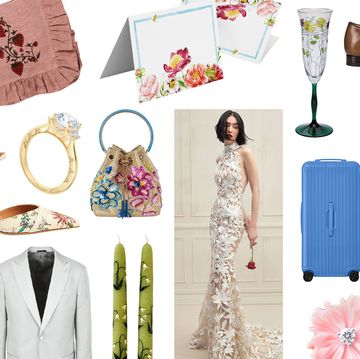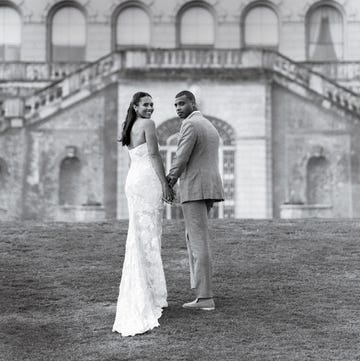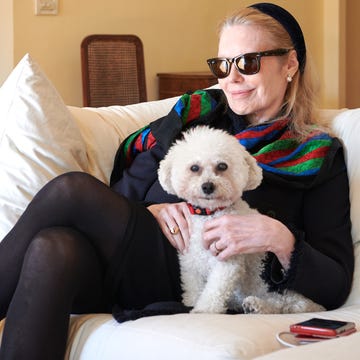“Sudden, abrupt changes are way too easy, and utterly unnecessary.”
So decrees Giorgio Armani when I ask him about fashion’s relentless pursuit of buzz and novelty. After 50 years in business, he has earned the right to make such pronouncements, and to impart a few choice words to those following in his footsteps. At 87, the boy from a humble background in Piacenza remains emperor of luxury fashion and business, building Giorgio Armani SpA, of which he has retained complete, independent control, into a global behemoth spanning fashion, home, hospitality, sports, and philanthropy, and amassing a personal fortune of $7 billion, according to Forbes. In an industry dominated by conglomerates and consumed with youth, he is a man apart.
As fashion trends have cycled in and out, Armani has maintained a fastidious commitment to his look—at times to a fault, in the opinion of some, when the tides of taste have ebbed away from his. But he has never made any apologies or expressed any doubts, always looking inward rather than acquiescing to what’s in. It’s a singular vision that has served him well.
He, better than most, understands that in fashion what goes around comes around, and as of late the Armani silhouette is experiencing a renaissance with a new generation. The influence of his easy tailoring with boxy shoulders, the loose-cut pants with a high waist and pleats, the muted shades of gray, tan, teal, and dusty pink can be seen in the collections of Proenza Schouler, Peter Do, and Jerry Lorenzo’s Fear of God, and the off-duty looks of model/influencers like Hailey Bieber.
“I have noticed, of course, as I see many of my fashion tropes resurge on the wider fashion scenario,” Armani tells T&C. “My idea of fluid suiting and soft tailoring is gaining a new grip exactly because of the softness, which ultimately is the idea of clothing that molds comfortably to the person, without screaming for attention, allowing elegance and ease at once. Comfort is the keyword, and what everyone looks for after the easy dressing of working from home.”
It was Armani’s impulse to take out the literal stuffing from traditional suiting, and by doing so he transformed the concept of the aspirational career wardrobe, reshaping the way men and women everywhere dressed. And so his name became fused with a pivotal moment in modern culture—the ’80s and ’90s ideal of upward mobility—and Armani transcended categorization as mere fashion label to become shorthand for a brand of cultivated success.
“It’s easy to take Armani’s seismic contributions for granted,” says Linda Fargo, senior vice president of Bergdorf Goodman’s women’s fashion office. “But the suit, the jacket, especially the softer feminized versions, are now ever present and perennial. He’s rather an unheralded reference point.”
To this day Armani is famously hands on in all areas of his company, personally styling his shows, adjusting looks down to the last minute. He keeps a close inner circle, mentioning Leo Dell’Orco, head of men’s wear, and his niece Silvana Armani, head of women’s wear, as among the few he trusts in terms of taste and instinct.
“That’s actually one of the things I like the most in my ongoing activity, and probably the most strengthening exercise when it comes to style: being in sync with the times while being consistent to my vision and principles,” he tells me. “It takes a lot of editing and a lot of focus to achieve the result. My idea of style is well defined, but it is not set in stone. By little twitches and adjustments, I keep relentlessly evolving it. I change constantly, but the overall impression is that things remain the same. I find this to be a progressive, evolving balance.”
Pride, tenacity, and an unrelenting work ethic have been milled into the fabric of Armani’s story since he launched the label in 1975 at the age of 41 (using money from the sale of his Volkswagen Beetle) with his partner in life and business, the late Sergio Galeotti. Asked who has had the biggest influence on his work, the designer still answers that it was Galeotti, 37 years after his death. At the time many believed Armani wouldn’t be able to forge ahead solo. Instead he took control—of business and design—and stayed the course. “I prefer to look forward,” he says.
Two years ago, when the world was roiling with confusion at the onset of the Covid-19 pandemic, which made landfall in the West in Milan during fashion week, Armani emerged as a decisive leader and industry elder statesman, being the first designer to hold his runway show without an audience, to minimize exposure. Earlier this year, as the Omicron variant surged, Armani was among the first designers to act, canceling his men’s runway show in Milan and women’s couture show in Paris. “To be completely honest with you, my aim, then and now, was not to have a role in the industry but to do what to me seemed fit for my company and my employees in a moment of great turmoil and uncertainty,” he says. “That my swift decisions set a template for others is a result of my thinking and my actions, which of course makes me proud and aware.”
Asked how he defines his legacy, he offers a characteristically succinct answer. “The legacy I’d like to leave is one of hard work, respect, and attention to reality,” he says. “Success in fashion comes from looking at people and their needs… It starts from making beautiful clothes. Fashion is a serious job—and a wonderful one, for that matter.” And so, he keeps working.
This story appears in the March 2022 issue of Town & Country. SUBSCRIBE NOW

